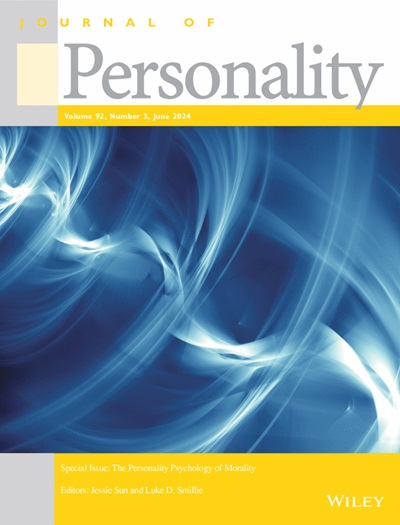Competing Models of the Structure of Subjective Well-Being: Have All Won and Must All Have Prizes?
Abstract
Objective
The tripartite model of subjective well-being (SWB) posits three components: positive affect, negative affect, and life satisfaction. The fundamental issue regarding the structure of SWB and the meaning of the general SWB factor remains unresolved.
Methods
Across three studies and six samples (total N = 9304), we evaluated competing models of SWB and tested the criterion-related validity of SWB components operationalized within different models. In addition to a standard confirmatory factor analysis (CFA) and bifactor-CFA, we used exploratory structural equation modeling (ESEM) and bifactor-ESEM approaches. Latent factor models were applied to examine the nomological network of SWB in relation to several external criteria (e.g., positive expectations, depression, and anxiety).
Results
We found evidence supporting the three-factor and bifactor-ESEM models of SWB. The meaning and interpretability of the general and specific factors of SWB were found to depend on the indicators used to assess affective well-being. Several issues concerning the bifactor-CFA model were identified. Both the general and specific factors of SWB exhibited meaningful and interpretable nomological networks.
Conclusions
The structure of SWB, the value of incorporating a general factor, and the nature of general and specific SWB factors depend on the instruments used to measure SWB.

 求助内容:
求助内容: 应助结果提醒方式:
应助结果提醒方式:


